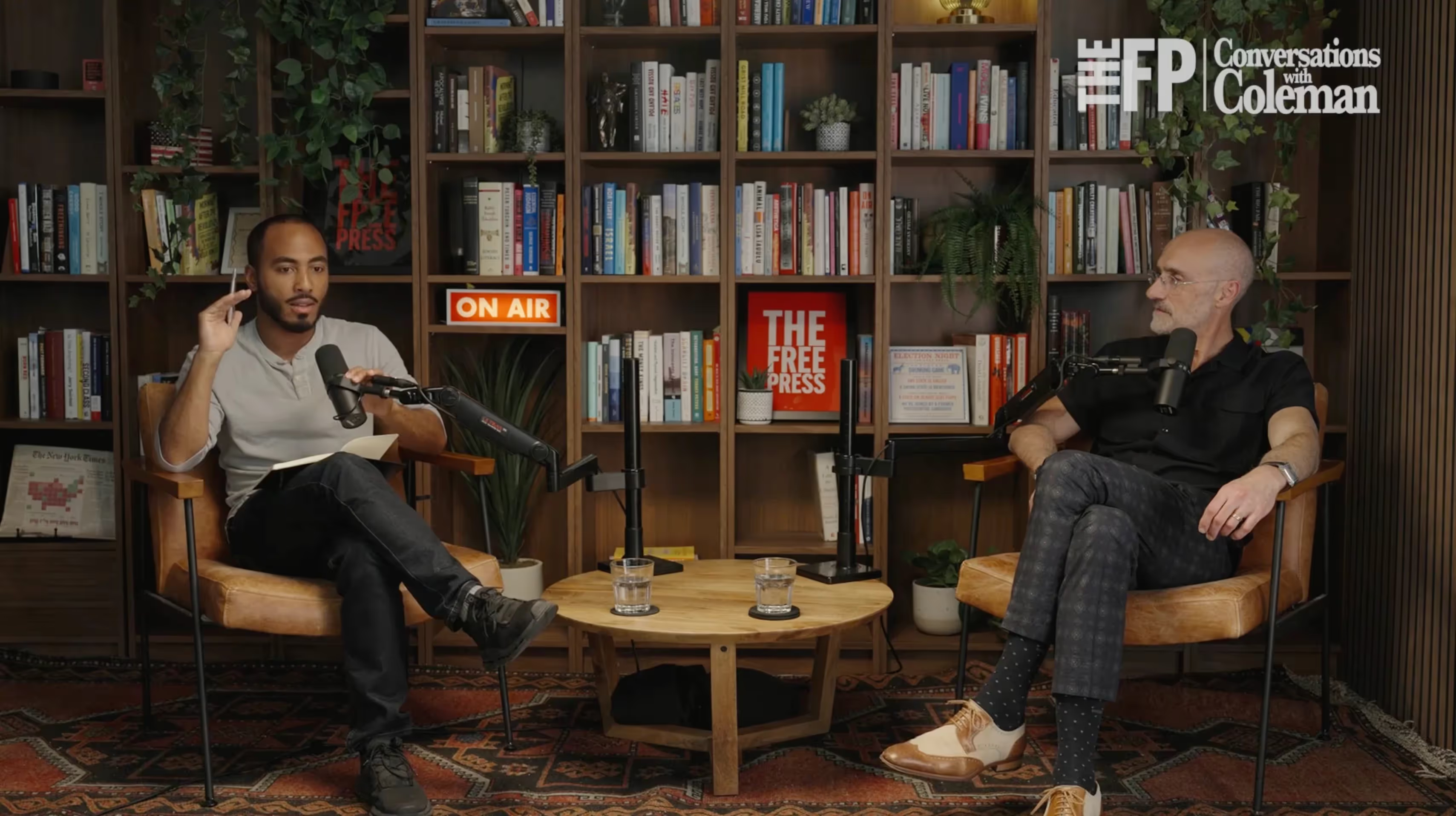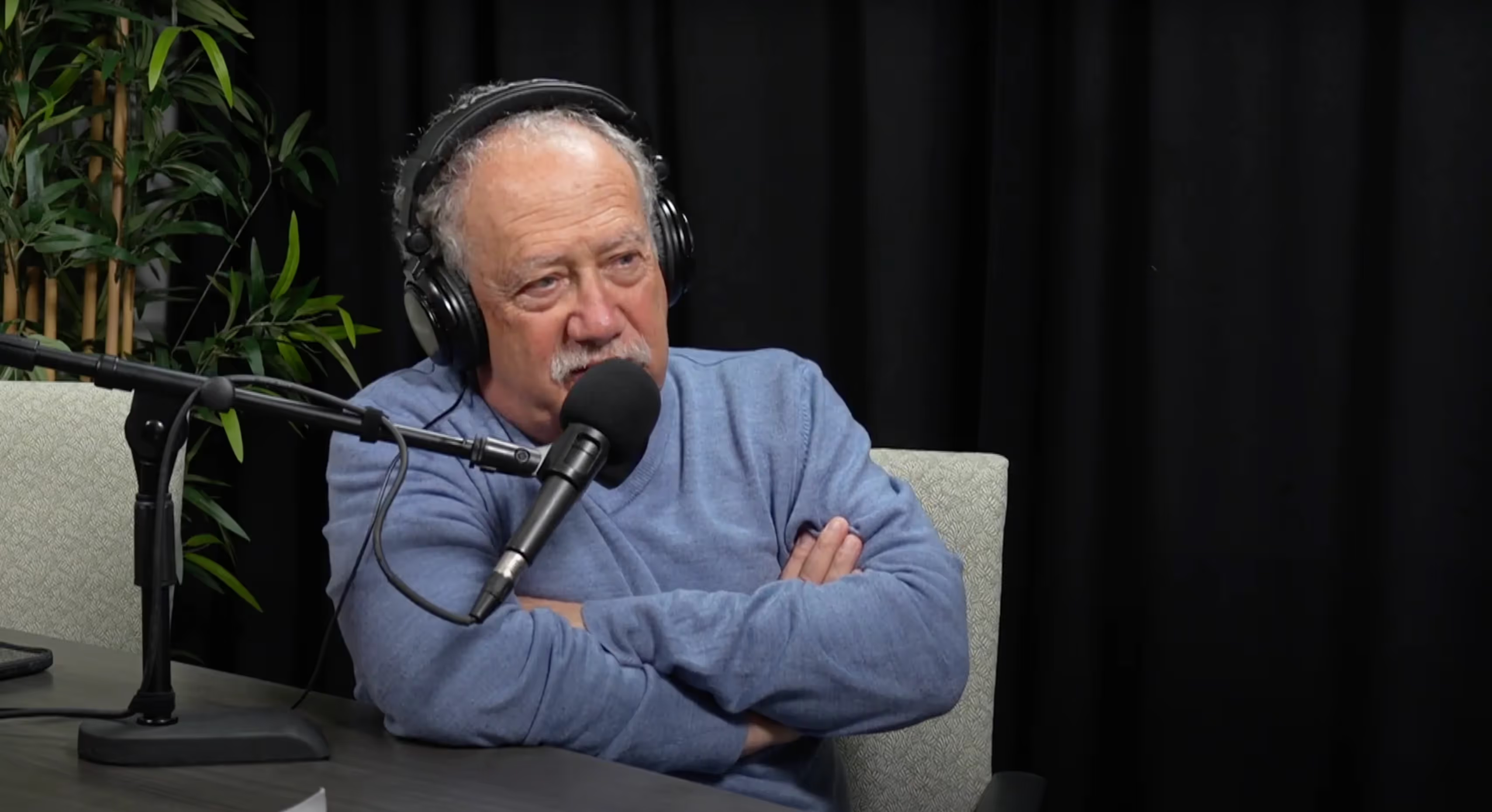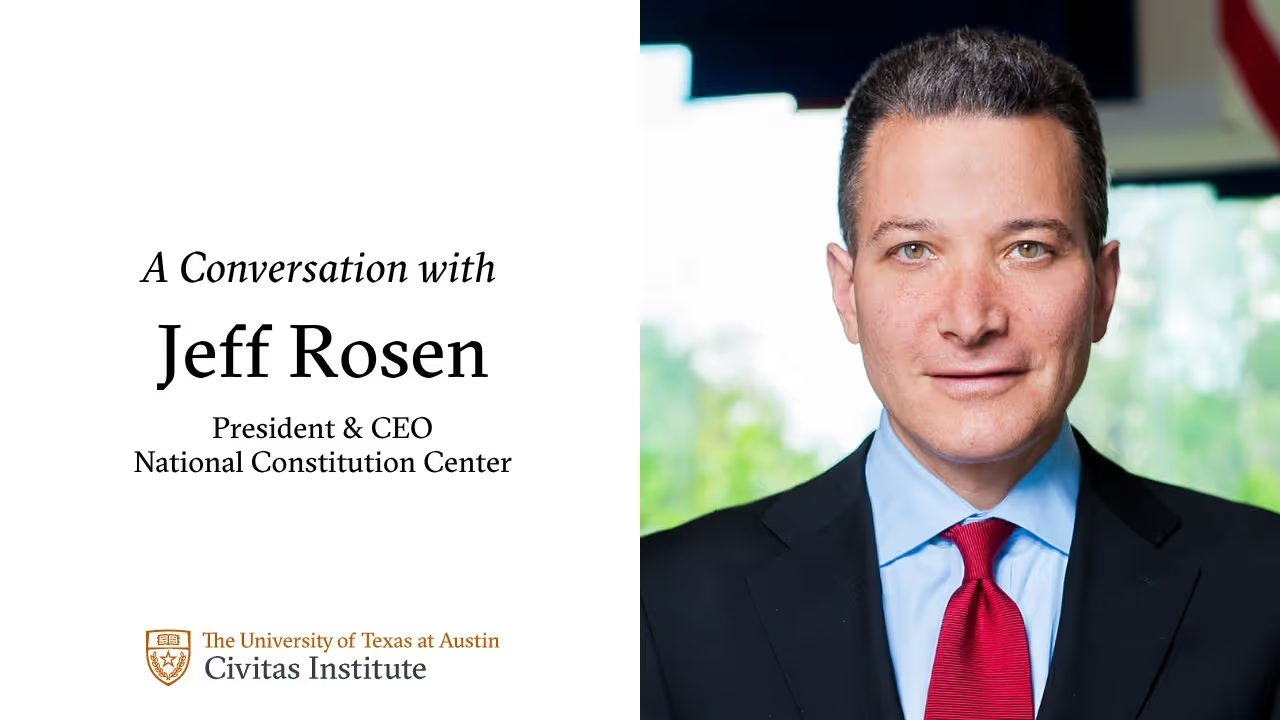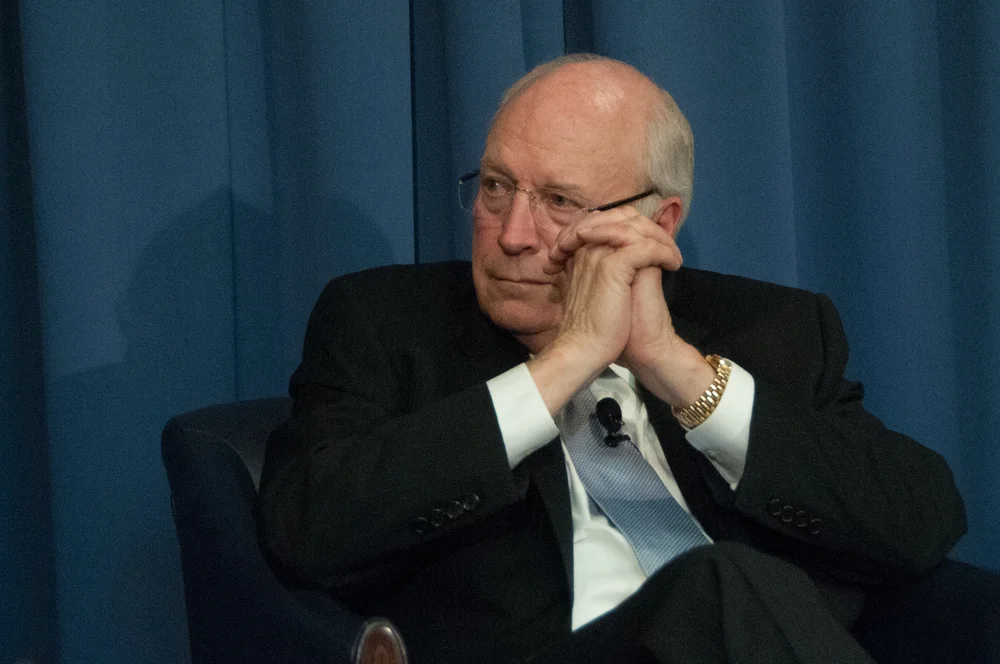
Conversion by Inches?
How one of our leading social scientists unlearned the secular catechism.
Spanning five decades, Charles Murray’s scholarly works focus on social policy, education, and the roots of high achievement. His recent books are clear examples of accessible social science, aimed at deepening our understanding of what fosters human flourishing. For those familiar with Murray, Taking Religion Seriously might come as a surprise. Instead of providing a sociological or historical analysis of religion’s significance, he shares his personal journey as a student of religious questions. He offers something akin to a course of study for those who may need encouragement to explore the subject.
Unhappy with his progress on a more conventional memoir, a friend suggested that his personal search for truth would make far more compelling reading. An atheist or agnostic for most of his life, a man who suffers “from a perpetual deficit in spirituality,” Murray realized that his starting point with the subject resembles that of millions of other “well-educated and successful people for whom religion has been irrelevant.”
Until the 1990s, Murray stuck to what he calls a “secular catechism” that began with materialist premises and included rejecting a personal God, focusing on humans as evolved animals, and believing that all religion comes from human traditions. Over about ten years, he started to encounter one puzzle after another, the apparent answers to which were at odds with his default secularism.
Taking Religion Seriously proceeds in two parts. The first examines what it means to take the possibility of God seriously and how he came to do so. The second examines the historical basis of Christianity and the moral and philosophical reasoning that flows from the faith.
Murray’s account of his initial steps toward belief is deeply personal, reflecting his scholarly habit of seeking data and facts for clues about the underlying patterns of reality. He writes with the expectation that some clues will be more compelling than others, yet with the certainty that, when evaluated together, these clues do indeed point to a purposeful religious search.
The evidence Murray presents varies in type. In one of his early examples, he notes his wife’s curious observation that she loved their daughter Anna “far more than evolution required.” This was curious, as he presents it, but not enough by itself to move him. On an intellectual level, his first “nudge, so soft that it barely registered,” came from the way that mathematics describes reality. Many natural and scientific phenomena, it turns out, can be described with very simple equations, and as he tells us, “even at my elementary level, it just seemed extremely odd that so many basic phenomena were so mathematically simple. It was almost as if someone had planned it that way.” His chapter on the Big Bang offers similar reflections, here focusing on the layered improbabilities that our universe would form at all, let alone that life could exist within it.
The book’s first section concludes with some very uncommon challenges to materialism. Here, Murray examines parts of the scholarly literature related to what skeptics might call “fringe science,” including evidence for parapsychological phenomena, near-death experiences, and instances of “terminal lucidity,” which is the “sudden return to self-awareness, memory, and lucid functioning of a person who suffers from a severe neurological disorder that has deprived them of their mental capacities.” Medical professionals and observers note that this can happen with “people whose brains are physiologically incapable of organized mental activity.” Murray highlights these phenomena not as definitive proof of an afterlife but as a challenge to strict materialism: “It is difficult to reconcile these facts [concerning terminal lucidity] with the materialist position that consciousness cannot exist independently of brain function.”
For Murray, these varied facts and unexplained phenomena led to what was for him a radical realization that materialism cannot explain human personhood. He explains:
In making that judgment, I lost what had been one of my sturdiest bulwarks against religious belief that involves me personally. If I am not just a brain in a body, what am I? I had to acknowledge the possibility that I have a soul.
If materialism is insufficient and human beings really are a mix of body and soul, Murray urges his readers to consider the idea that religion is no longer simply something they can dismiss as absurd. After all, “Accepting that humans have souls puts on the table every religious belief about what happens when we die, from reincarnation to heaven to nirvana.” Murray suggests that the main reasons curious and skeptical non-believers might avoid taking the next step might be more social than intellectual. There are good reasons for this: Aaron Renn persuasively argues that believers live in a “negative world,” and while we can debate the details, it is absolutely true that in some circles, religion is not considered something a smart person would embrace. Near the conclusion of the book, Murray speaks directly to readers who might face this kind of pressure: “I don’t want to be thought credulous and foolish and get kicked out of the tribe. If you find yourself reluctant to give up strict materialism for similar reasons, try to get over it.” In short, his advice is that your soul is worth more than public approval.
Part II of Taking Religion Seriously moves from science into a direct assessment of the Christian faith. Again, Murray sees evidence of God’s reality in places that others might not. Part of Murray’s journey to this point came through writing Human Accomplishment. Any book that attempts to explain the explosion of innovation, wealth, and creative artistry in Europe from the fifteenth through the nineteenth centuries must reckon with the role played by the Christian faith. He argued in the book that such creativity flows most freely when “the most talented people believe that life has a purpose and that individuals can act efficaciously to fulfill that purpose.”
Christianity provided this sense of purpose for Europe, and its decline had noticeable effects as well. Murray notes that as the Christian faith faded as a motivator of elite action, technical achievement may have continued, but true art did not. Art that attempts to represent transcendent truth, access the beauty of reality, or point to goodness was elevating. Murray thinks that the replacement of this older ideal of art with one that casts artists as visionaries or rebels has led to art’s degradation as “artists tend to make their work about their personal preferences, and those preferences tend to be banal, or wrongheaded, or both.” He offers this as another clue: anyone who agrees with him that art is not what it once was might consider the connection between art and faith. But at the very least, he suggests that it is interesting that the loss of transcendent purpose in human life is reflected in numerous dark ways in art.
Yet, Murray is keenly aware of how astonishing the leap from any of his clues to considering Christian teachings must seem, and he dedicates considerable attention to explaining this. His own engagement with these questions began after reading C.S. Lewis and considering the apologist’s presentation of natural law alongside Murray’s own deep involvement with evolutionary psychology.
Fully convinced that evolutionary psychology offers “one of social science’s most important tools for understanding human behavior,” Murray nonetheless observed a problem: Even if evolved norms can explain the universality of certain moral rules, what do we make of the instances when our natural instincts conflict with what we know to be right? While psychology can at least model an answer (at least when family or friends are involved), Murray argues that the field seems to have little explanation for “agape: unconditional love, focused on giving rather than receiving, not based on merit or acquaintance with the recipient.” Given the extraordinary focus Christianity places on this sacrificial sense of love, Murray believed he had to decide, finally, what he made of the person of Jesus of Nazareth.
At this point in the book, one might have expected Murray to move directly into an account of what he learned as he read the Bible. However, in his account, even after discovering Lewis’s Mere Christianity to be revelatory, Murray remained a thoroughgoing skeptic, albeit one who was curious enough to read more. In a few chapters, he leads readers on an eye-opening survey of revisionist scholarship that casts doubt on the historicity of the Bible and presents a fascinating set of arguments about the authorship and timing of these texts. These are chapters that rest upon a great deal of detailed argument, so that a few examples will suffice here. Murray would tell you to read his book and then the sources themselves, anyway.
In reading the revisionists, Murray grew ever more suspicious of their approach and its tendency to confidently dismiss “the accuracy and trustworthiness of the patristic writers — the Church Fathers who wrote in the second and third centuries.” They were sophisticated and clever, “but often erudite in the same way that Jacques Derrida and Michel Foucault were erudite — meaning (in my view) that they devised convoluted explanations for phenomena that have simpler and more plausible explanations.” For Murray, the hermeneutic of suspicion these authors employ is itself a clue that they are attempting to evade the truth by looking to “complicate” our understanding of moral and theological questions.
Against many mainstream scholars, Murray’s considered opinion is that the Gospels were written no more than about forty years after the Crucifixion. He points to a few particularly compelling points in favor of this. If the New Testament was composed after 70 AD, why is there no mention anywhere in it of the Second Temple’s destruction during the First Jewish Revolt? There is good reason to have done so: “it could be used as vindication of Jesus’s prediction.” Other examples like this pique his interest:
If Acts was written sometime between 70 and 85, when it is conventionally dated, why didn’t the author mention Paul’s martyrdom? Peter’s too, for that matter?…. If people kept augmenting and altering the books of the New Testament as the revisionists insist, why wouldn’t someone have added a few lines to the ending of Acts mentioning the deaths of Paul and Peter? It’s almost as if Luke finished his text before Paul and Peter were martyred and nobody subsequently messed with it.
Murray constructs a lengthy and thought-provoking account of why we should believe not only in the history present in the Gospels and Acts, but also that a significant portion of the New Testament's substance is reliable. He does this because of his view that logically, fabrications, inventive compilations of texts, and editing all require us to believe that “illiterate manual laborers, unsophisticated followers of an itinerant Palestinian preacher” would accept martyrdom for something they knew to be a lie. These are significant changes of mind from a man who started as a thoroughgoing skeptic.
“Maybe God also needs a way to reach over-educated agnostics,” he muses early in the book. But no one can mistake this for a conventional work of Christian apologetics, since despite all his willingness to believe in the overall reliability and historicity of the Bible (and perhaps most strikingly, the authenticity of the Shroud of Turin), Murray remains unable to believe in the idea of a relational God, which he considers anthropomorphic:
None of that had ever made sense to me. Once I decided that there had to be an unmoved mover and was intellectually committed to accepting that conception of God, I was free to think about a truth that, once you stop to think about it, must be a truth: Any God worthy of the name is at least as incomprehensible to a human being as I am to my dog…. God is just as unknowable to me.
This may not be quite the challenge to orthodox faith he thinks it is. Most dog owners love their pets, and it is not hard to imagine that, if they could fully convey that love to their dogs, they would. The Bible is just such a message from God to us.
In many ways, Taking Religion Seriously fulfills Murray’s aspiration to build a framework for his fellow intellectual skeptics to engage the subject. Skeptics will find much to ponder, and numerous reading recommendations to help them assess the truth for themselves. But Murray’s own inability to profess more than intellectual assent to a generic theism is a powerful reminder that faith itself is a gift.
Brian A. Smith is Senior Program Officer at Liberty Fund and a Contributing Editor at Law & Liberty. He is the author of Walker Percy and the Politics of the Wayfarer (Lexington Books, 2017). Before joining Liberty Fund, he taught politics and great books at Montclair State University from 2009–18. He tweets at @briansmith1980.
Pursuit of Happiness

The Rise of Latino America
In The Rise of Latino America, Hernandez & Kotkin argue that Latinos, who are projected to become America’s largest ethnic group, are a dynamic force shaping the nation’s demographic, economic, and cultural future. Far from being a marginalized group defined by oppression, Latinos are integral to America’s story. They drive economic growth, cultural evolution, and workforce vitality. Challenges, however, including poverty, educational disparities, and restrictive policies, threaten their upward mobility. Policymakers who wish to harness Latino potential to ensure national prosperity and resilience should adopt policies that prioritize affordability, safety, and economic opportunity over ideological constraints.

Exodus: Affordability Crisis Sends Americans Packing From Big Cities
The first in a two-part series about the Great Dispersion of Americans across the country.
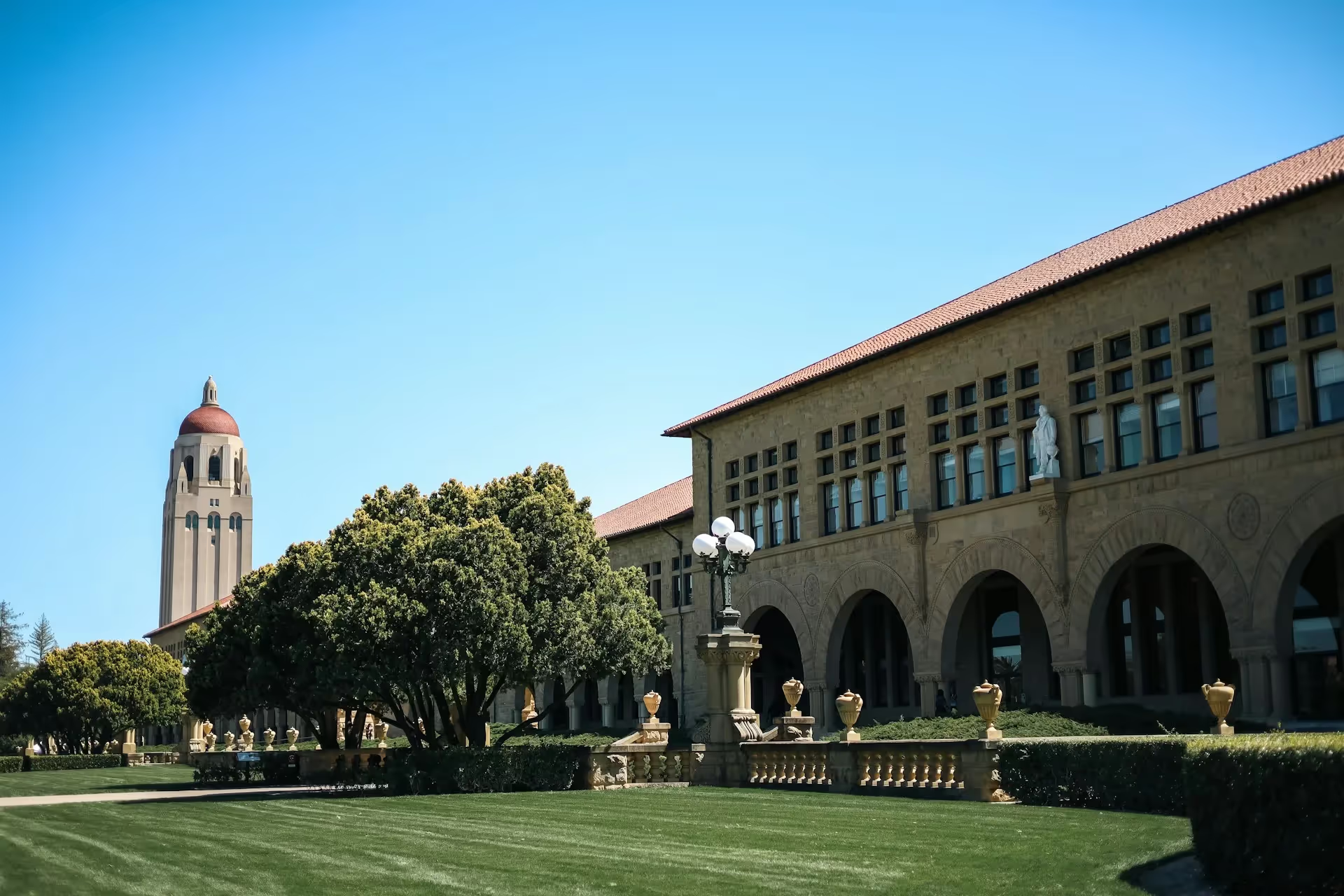
Stanford’s Graduate Student Union Tries to Stifle Dissent
The university may fire me because I won’t pay dues to a labor organization whose views I find repugnant.
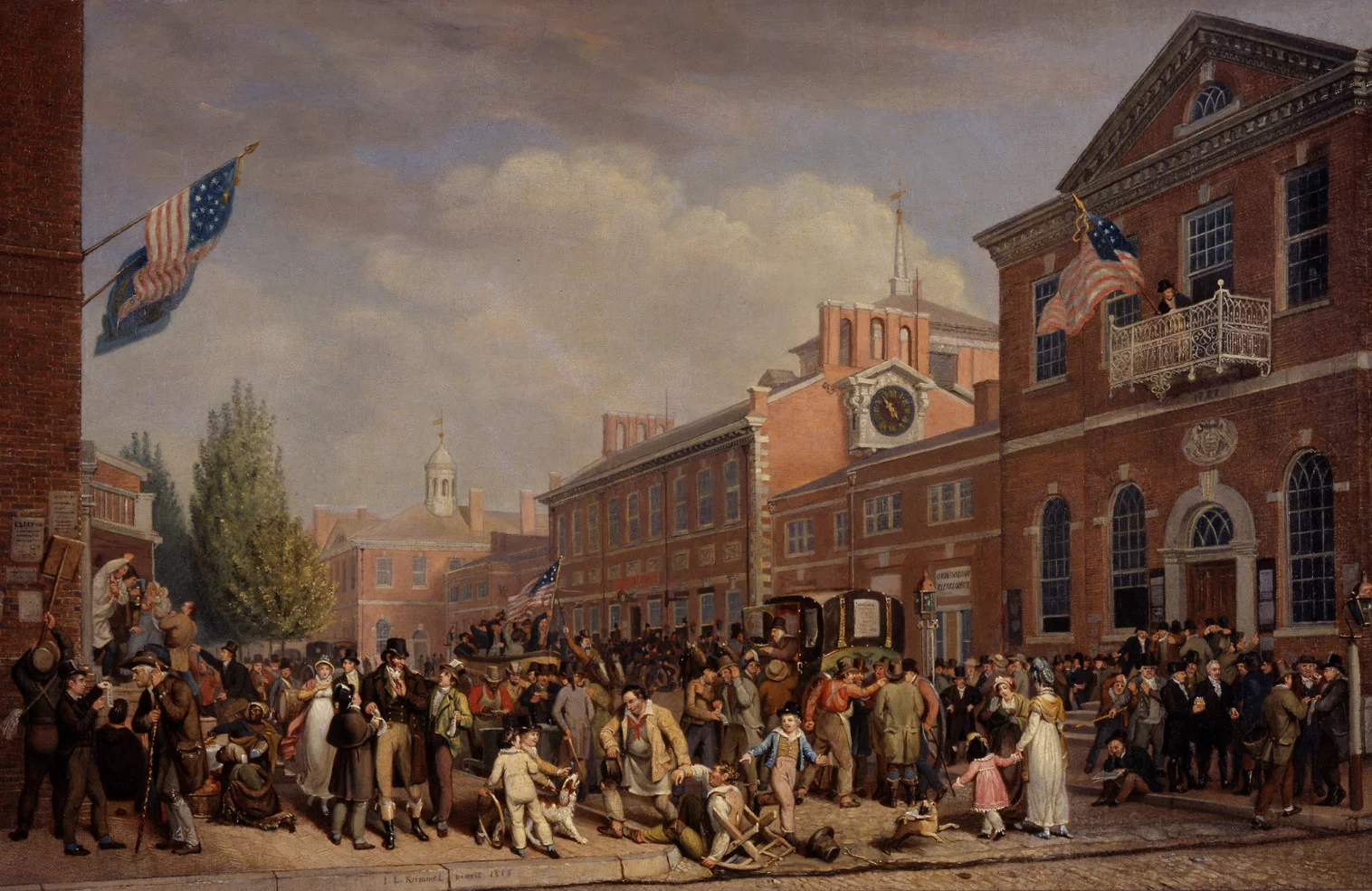
Freedom, Liberalism, and Civic Communion
Are we capable of living in civic communion as a republican people, a people who need nation, family, and religion to form and expand their capacities for moral reflection, responsibility, and conscience?









